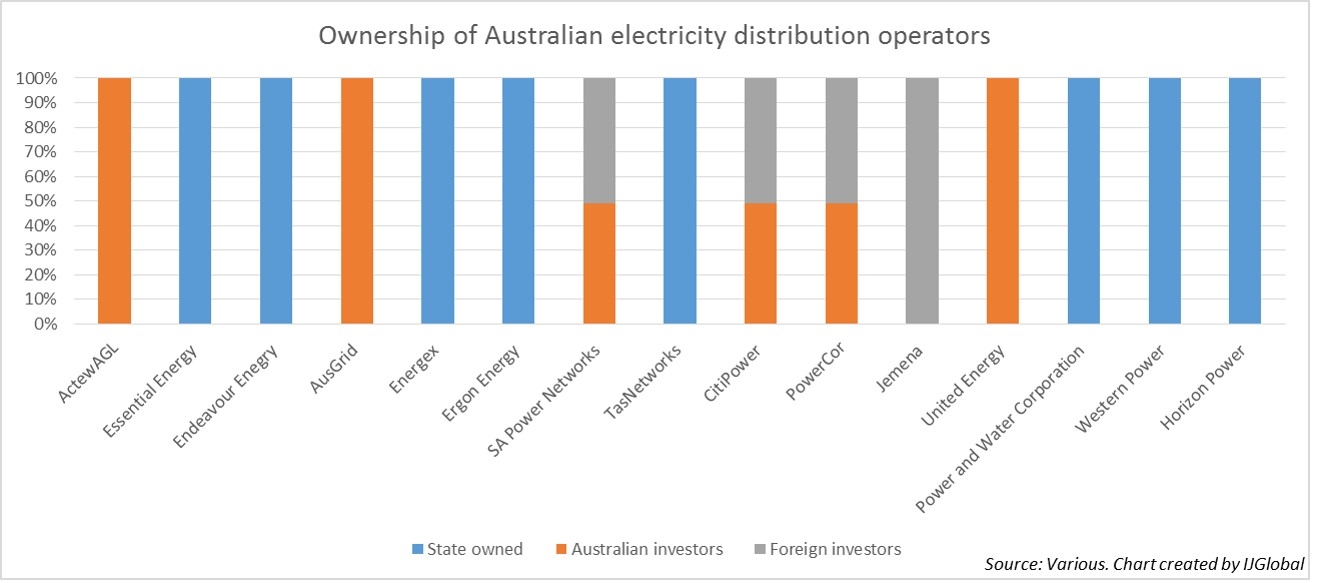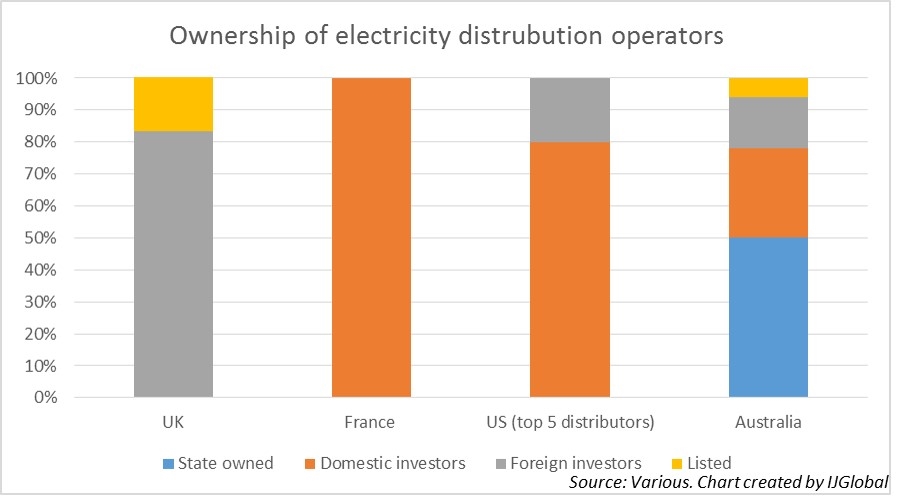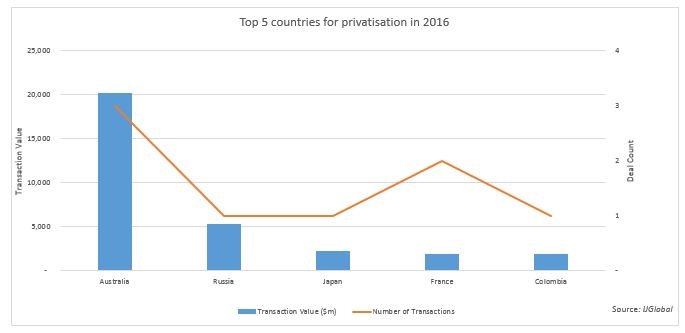Who owns your electricity grid?
Australian Prime Minister Malcolm Turnball this week called for a review of the country’s infrastructure assets and unveiled a Critical Infrastructure Centre (CIC) to protect key infrastructure, such as electricity grids.
The CIC will identify critical infrastructure assets and will assess whether foreign bids for those assets pose a national security risk. Federal and state-owned assets will be under the greatest scrutiny but even private sector assets will be under observation.
The move comes in the wake of last year’s AusGrid privatisation in which two shortlisted Chinese investors had their bids disqualified by the Australian federal government.
The establishment of the CIC is a bold step from the Australian administration. Despite being pro-trade and pro-globalisation Turnball has taken a protectionist stance on national infrastructure; majority ownership for critical infrastructure is off-limits to foreign investors.
Electricity distribution assets are considered to be some of the most critical infrastructure in a country. Much of Australia’s electricity distribution network is still under state control, and that in private ownership is largely owned by Australian investors. A number of assets are due to be privatised in 2017. Any foreign bids will be heavily scrutinised.
This wave of protectionism is not unique to Australia. Many developed markets have openly questioned the national security implications of foreign ownership of infrastructure assets, particularly by Chinese investors.
The newly elected US President Donald Trump has made some bold statements in regard to Chinese investment in the US. The US electricity distribution network is incredibly fragmented, generally run by small utilities at the state level, and ripe for consolidation. Of the country’s five largest distribution networks only one is in foreign ownership; the UK’s National Grid operates the distribution grids covering Massachusetts, New York, and Rhode Island.
Post Brexit, there have been concerns of a slide to protectionism in the UK. Prime Minister Theresa May, last year, raised concerns about Chinese investment in proposed nuclear project Hinkley Point C. She soon made a U-turn and has welcomed investment from China. The UK is no stranger to foreign ownership of infrastructure. It privatised all of its electricity distribution networks in the 1990’s and all assets are owned by foreign investors.
In France Marine Le Pen’s far-right opposition party the National Front has made its pro-protectionist agenda clear. Should it succeed in the election next year the country’s already strict rules on foreign investment are likely to increase.
Sign up for IJGlobal's annual global M&A report 2016 here.
Request a Demo
Interested in IJGlobal? Request a demo to discuss a trial with a member of our team. Talk to the team to explore the value of our asset and transaction databases, our market-leading news, league tables and much more.




